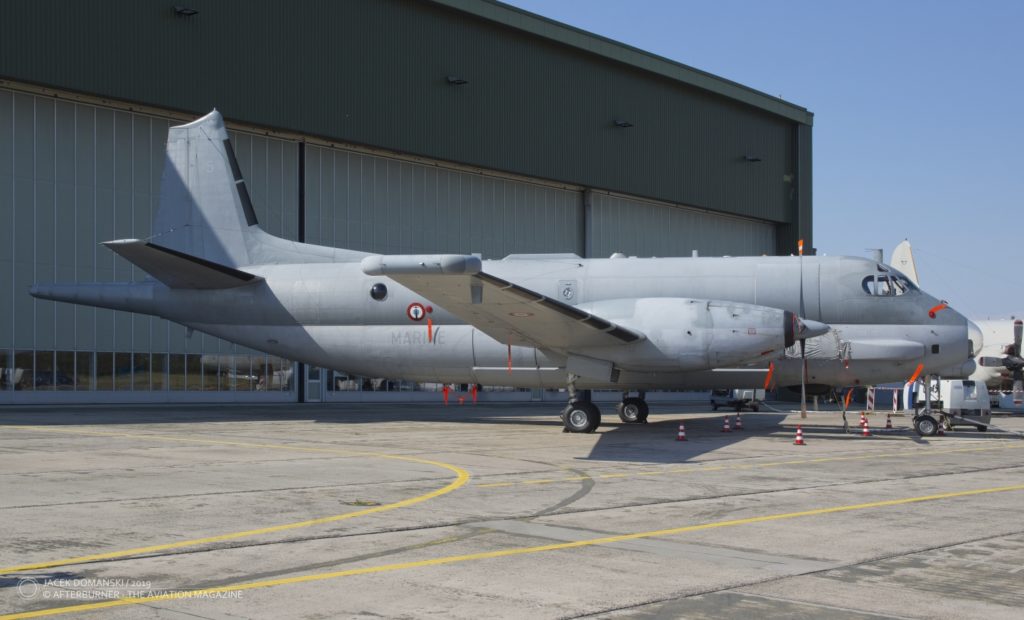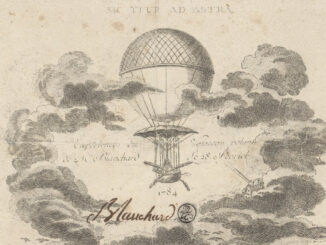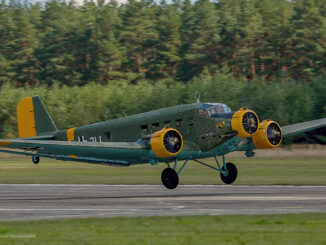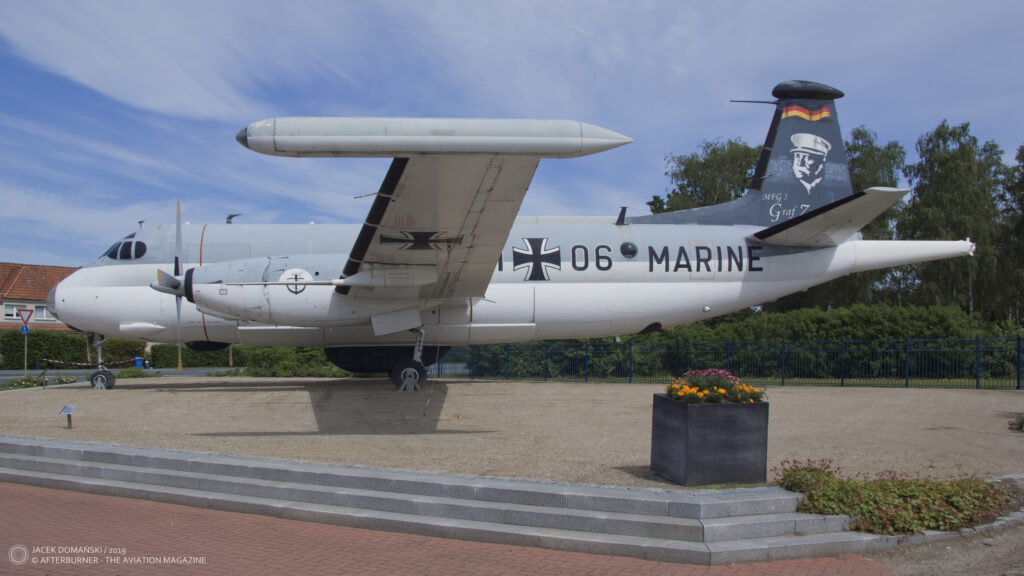 On 21st October 1961, prototype of Bréguet 1150 Atlantic, long-range maritime patrol aircraft (MPA), performed its maiden flight.
On 21st October 1961, prototype of Bréguet 1150 Atlantic, long-range maritime patrol aircraft (MPA), performed its maiden flight.
In the late 1950s NATO faced a new threat – an excessive number of modern and efficient Soviet submarines began to appear in the seas. They included the first generation of nuclear-powered submarines, the November class (Soviet designation Project 627 Kit) that entered operational service in 1958.
At that time, Lockheed P-2 Neptune (until 1962 also known as P2V) was the main MPA and anti-submarine warfare (ASW) aircraft operated by the NATO navies. Introduced into operational service in March of 1947, the aeroplane was initially used by the US Navy but, following the creation of NATO, it was acquired by a few European naval forces, such as the Royal Air Force Coastal Command, Koninklijke Marine (the Dutch Navy) or Aéronavale (the French Naval Aviation).
Nevertheless, the capabilities of the P-2 Neptune were no longer enough for the needs of the modern ASW and increasing number of the Soviet submarines and their abilities. As a consequence, the naval forces of the Allied countries were seeking for a new MPA aircraft.
In 1957, the US Navy issued a request for a new, advanced maritime aeroplane. It was shortly responded by Lockheed and launched a project that finally led to creation of P-3 Orion – a four-engine turboprop ASW and surveillance aircraft that performed its maiden flight in November of 1959. At the same time, the RAF decided to replace the Neptune with domestic design, Avro Shackleton.
An urgent need to introduce the modern ASW aeroplane was officially announced by NATO in 1958, thus opening the competition. The response has surpassed all expectations, as twenty four projects from nine Allied countries were submitted. The winner was disclosed at the end of the year – it was the Bréguet Aviation company and their concept named Br.1150.
Although proposed and designed by Bréguet, the aircraft was to be manufactured in multinational cooperation. On 2nd October 1961 an international consortium Société des Ateliers d’Aviation Louis Bréguet (SEBCAT) was founded for that purpose. The initiative involved several European aviation companies, such as Fokker, Dornier, SABCA, Rolls-Royce and MTU. As the leader of the Br.1150 project, the Bréguet company acquired thirteen hectares of land near Toulouse and built a new production facility there.
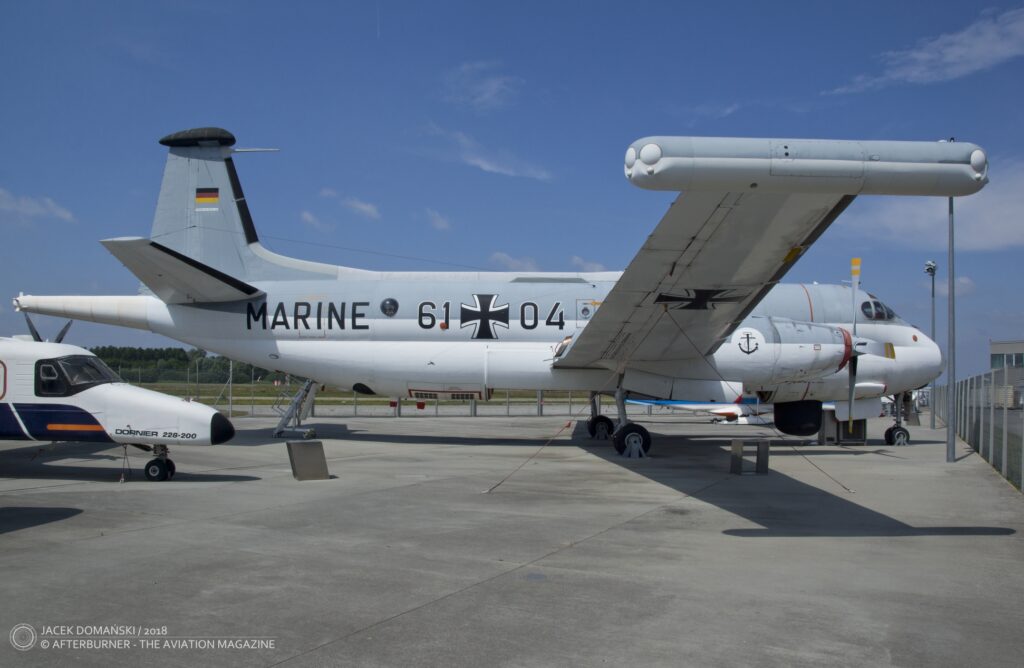

On 21st October 1961, the new aircraft took-off for its maiden flight, flown by a crew of Bernard Witt, René Périneau and Romeo Zinzoni. In November of the same year, the aeroplane was officially presented to the highest French military authorities, receiving the name Atlantic. Four prototypes were made and sent for evaluation to CEPA (Centre d’expérimentations pratiques et de réception de l’aéronautique navale – Centre for practical experiments and implementation of naval aviation) and the German armed forces.
On 6th June 1963, an initial order for forty aircraft was placed by French and German governments. The aeroplane number one (and then all odd-numbered ones) was received by Aéronavale, while the second Atlantic (and all even-numbered) went for Marineflieger, the German naval aviation. Shortly after, France increased its order for another twenty examples.
Production of the abovementioned sixty Br.1150 was finalized at the end of 1968. However, at that time, Koninklijke Marine has expressed its interest in acquiring nine aircraft and Italy requested another eighteen. The Dutch Navy almost immediately received four aeroplanes from the French Navy, while Italy decided to join the SEBCAT partnership with Aeritalia and Alfa Romeo.
As a consequence of the abovementioned new orders, production of the Br.1150 was re-launched. Manufacturing of the second batch was completed in 1974 and included five aircraft for the Netherlands, eighteen for Italy and additional four for France, to replace the ones sold to Koninklijke Marine in 1968.
In 1976, the French Navy sold three of its aircraft to Pakistan.
The Bréguet Br.1150 was the twin-engine, mid-winged monoplane that implemented a ´double-bubble´ fuselage concept. The upper part was a pressurized crew compartment, while the lower was a weapon bay, housing sonobuoy tubes, torpedoes, conventional bombs and depth charges. What´s more, the Italian Br.1150 were reportedly capable to carry nuclear bombs.
The aircraft was equipped with a radar scanner and magnetic anomaly detector. The Br.1150 could also carry SAMAR or SATER containers used for search and rescue purposes, AS-12 and AS-37 Martel missiles, as well as balloon with photo cameras.
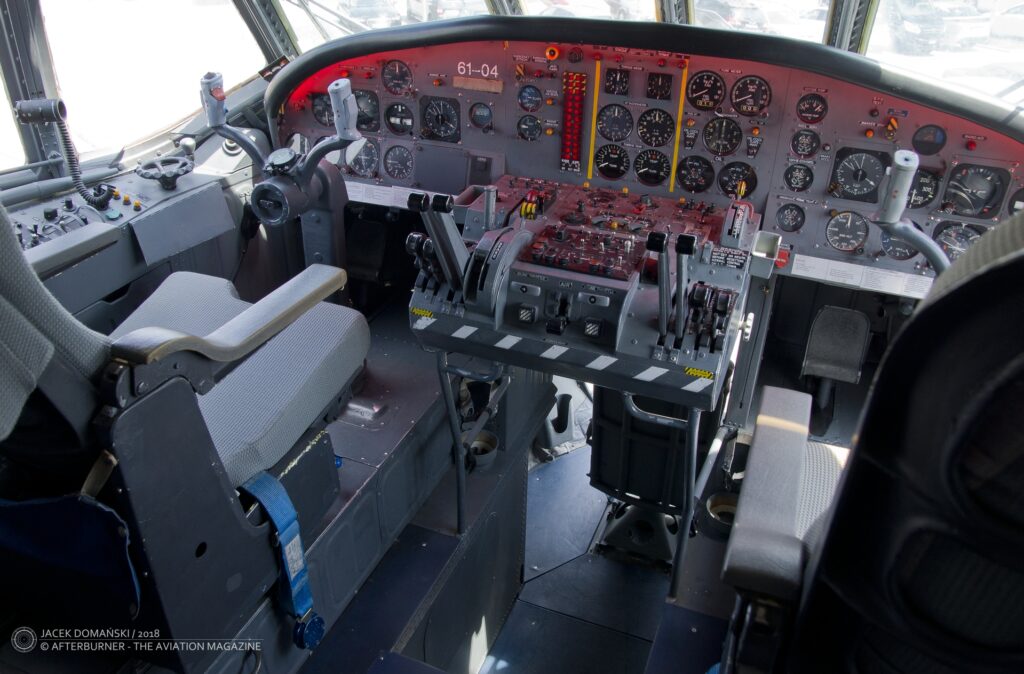
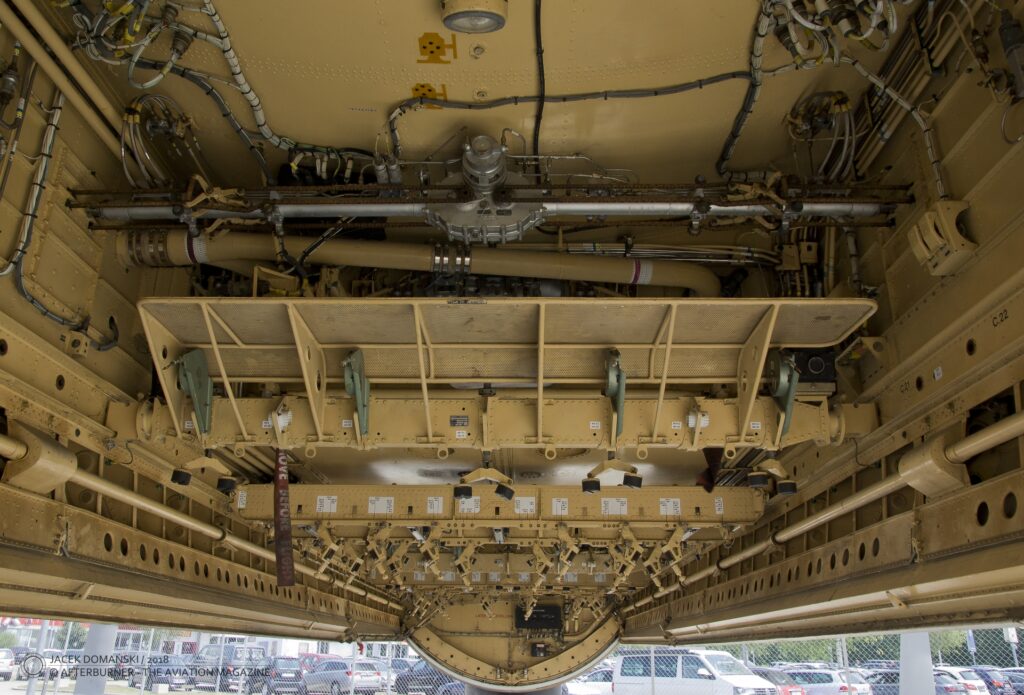
The Bréguet Br.1150 Atlantic was the first true MPA in the world – being the design created and developed for that particular purpose from the very beginning, not by just adopting an existing aircraft. The aeroplane turned out to be a versatile platform for anti-submarine and anti-surface operations, long-range surveillance and SAR missions.
In the 1980s, at least five Br.1150 were converted for Signals Intelligence (SIGINT) aeroplanes and then used in the long-time intelligence missions over the Baltic Sea, carrying British and American intelligence personnel on board.
About the time when the last Br.1150s were manufactured, the French Navy launched a programme for creating a successor of the Atlantic. Designated Atlantic Nouvelle Génération, the new aircraft performed its maiden flight on 8th May 1981.
Although made by almost the same consortium as the first-generation aeroplane (Dornier, MBB, Dassault, Aérospatiale, Aeritalia and SABCA), the new design failed to gain any interest outside France. The French Navy ordered approximately forty of those new aeroplanes to replace its existing fleet of the Br.1150. In order to emphasize it was just the domestic initiative (unlike the common NATO project of the Br.1150), the aircraft was designated Atlantique 2 (or just ATL 2). Eventually, even the Aéronavale reduced its initial order and production of the Atlantique 2 was ceased after completing just twenty eight aircraft.
The Dutch Navy was the first one to retire the Atlantic. All the Br.1150 operated by the Netherlands were withdrawn until 1985 and replaced with the P-3 Orion aeroplanes. France operated its first-generation Bréguet MPA until 1996, when they were succeeded by the ATL2. Marineflieger initially planned to retire the Br.1150 in the end of 1990s, then the date was postponed to 2006 but eventually the last Atlantic in the German service made it until 2010.
In 1995, during the aviation trade show at Paris-Le Bourget, the Dassault company (that merged with Bréguet Aviation in 1971) informed about its new project, Atlantique 3. However, the initiative was abandoned next year and no ATL 3 was built.

